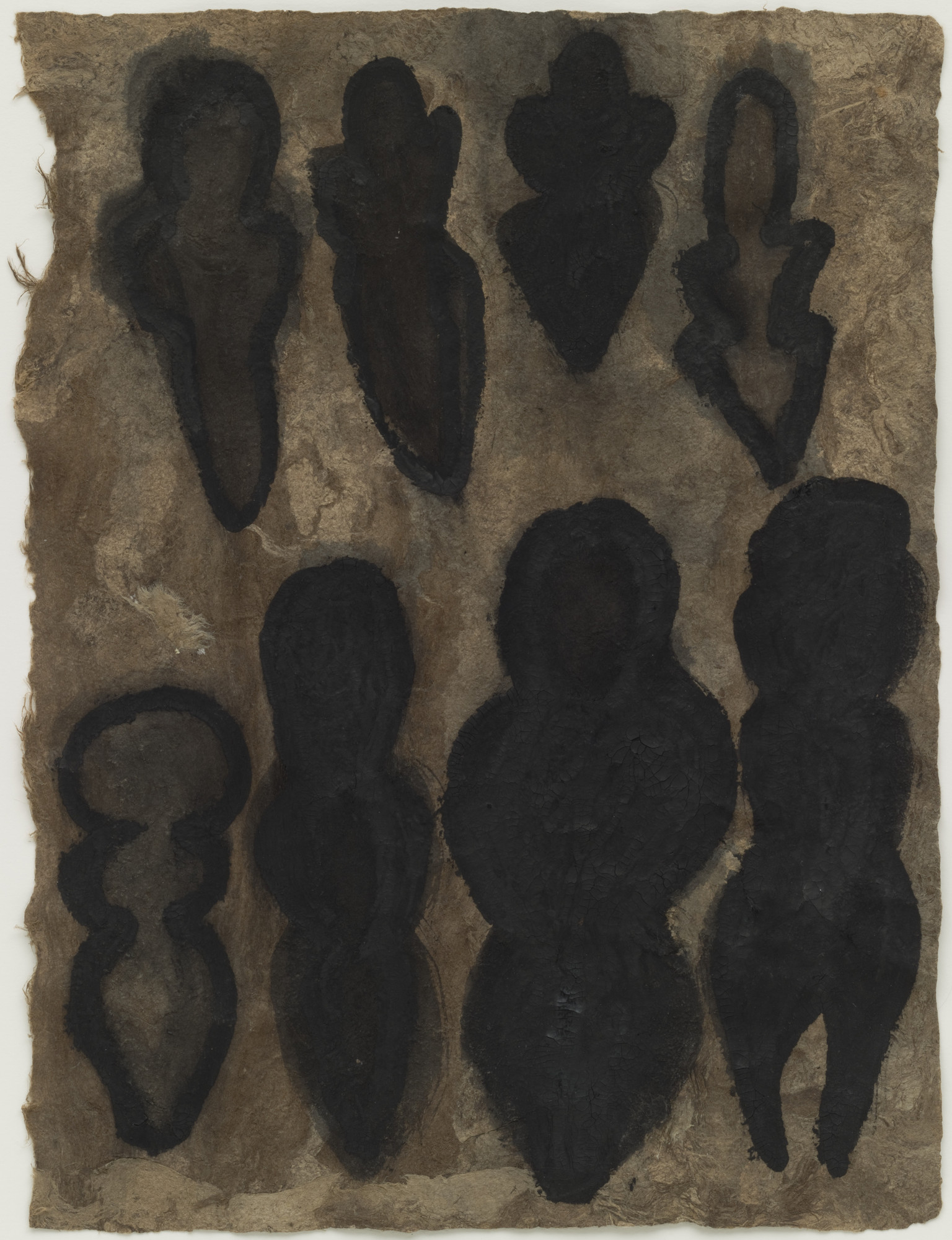His childhood as well as his early work played a major influence in the popular work he made in his career. His idea to use advertisement as art (also for business) is what made the "pop art" theme. He quoted "making money is art and working is art, and good business is the best art." His self portraits really demonstrates more on the kind of person he is. In the book entitled The Art of Self Invention, there is a quote about an image of Andy that states "In the image, a pair of strong hands encircle his throat, choking him. But the hands are not Andy's, and this is supposed to be a self-portrait. Thus we are forced to ask, who is choking him? Warhol is representing himself as a readily consumable commodity being chocked by a society that transforms everyone into a celebrity and makes them into objects of amusement for others."(Finkelstein 179-180) Not only were his wounds being used, but also other elements, such as someone else's hands. It really shows that Andy's last pieces of work made him into an artist who not only uses advertisement, but also uses identity, especially for himself.
Ana Mendieta was born on November 14, 1948 in Havana, Cuba. At the age of twelve, she, as well as her sister, were forced to migrate to the U.S. due to the proposal of Operation Peter Pan. They only had each other when they were forced into foster care and attend school. Their mutual interest in art helped them adapt to their new environment. Eventually six years later they reunite with their mother, as well as their younger brother. Then in 1979, they reunite with their father as well. After high school, she attended college to study French and Art. During her time in college, she started experimenting in her artwork. She used several themes, such as domestic violence and cultural marginalization. In 1973, there was an on-campus rape and murder, which inspired Ana to create pieces using her body to provoke the action. She used animal blood to represent rape, which frightened a lot of people who've seen her work. In 1980, she returned to Cuba, using it's nature for her artwork as well. After she got her Masters in Fine Arts, she moved to New York where she got to know many female artists and was later part of a feminist movement. She then was invited to Rome to earn a prestigious award. When she was invited a second, she suddenly died by falling 33 floors out of a window. (Theartstory.org)
The rape and murder event really inspired Ana into the domestic violence theme. She used blood to represent rape and it left a powerful message to viewers. Her work gained her popularity not just around campus, but soon the country (and the world, if that already happened). She wanted to spread awareness on domestic violence, so that society could follow that awareness and make sure nothing tragic happens again.
Her trip to Cuba also inspired her to a more cultural/natural theme. She took full body photos of her camouflaging with nature, such as trees and grass. She also made silhouettes the ground, such as dirt, water, grass, and sand. All of these elements are what define on where she came from, in other words, her homeland.
Andy and Ana had mostly different themes in their artwork. Andy focused more on pop culture while Ana focused mostly on nature and domestic violence. However, their self-portraits do share one theme, and that is the body. Andy's wounds and Ana's camouflage would show off their body as a message of their identity. It's ironic how even though a lot of their work do not compare with each other, there are only a few that do, all it took was just a picture of themselves.
Work Cited
“Ana Mendieta's Life and Legacy.” The Art Story, www.theartstory.org/artist-mendieta-ana-life-and-legacy.htm.
“Andy Warhol.” Biography.com, A&E Networks Television, 1 June 2018, www.biography.com/people/andy-warhol-9523875.
Finkelstein, Joanne. The Art of Self Invention: Image and Identity in Popular Visual Culture. I.B. Tauris, 2007.
 |
| "Advertising is one of the most dynamic industries of the past hundred years. It has global reach, and it commands vast amounts of money." (Finkelstein 147) |
| "Every social moment is always on the edge of collapse into chaos and disorder, we must always be poised to spring to its resuscitation and reinvention." (Finkelstein 115) |


No comments:
Post a Comment